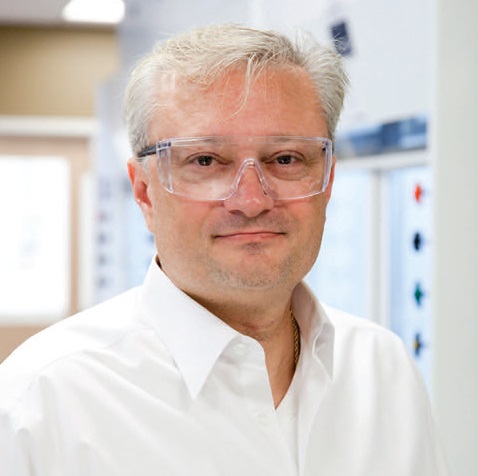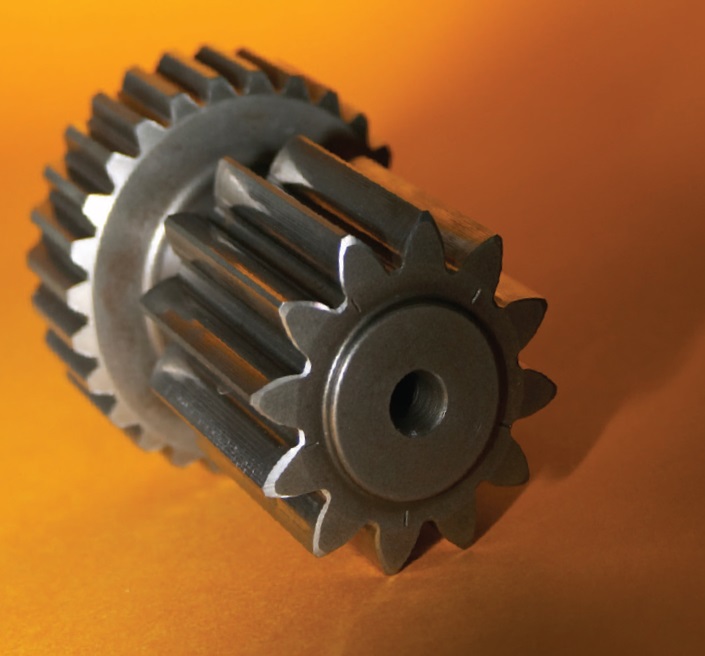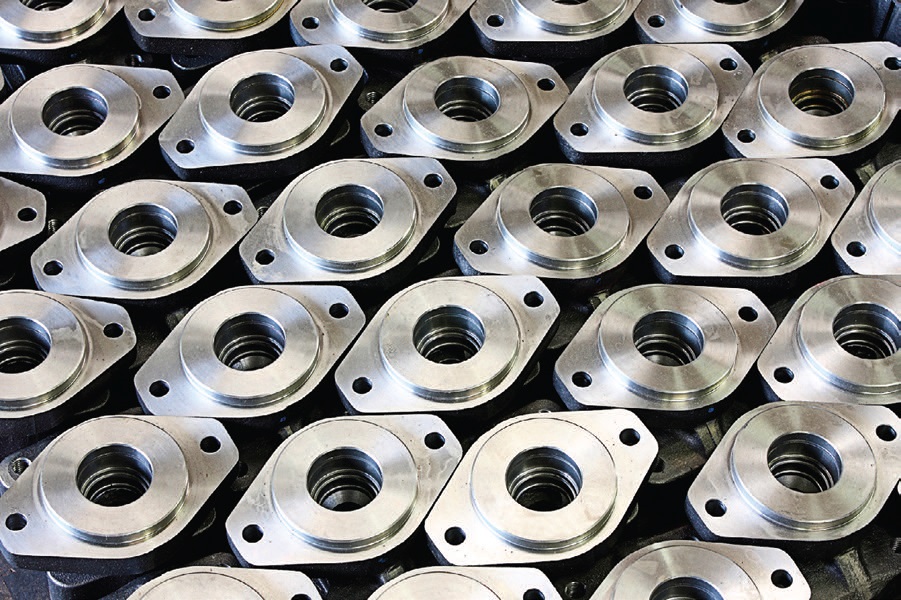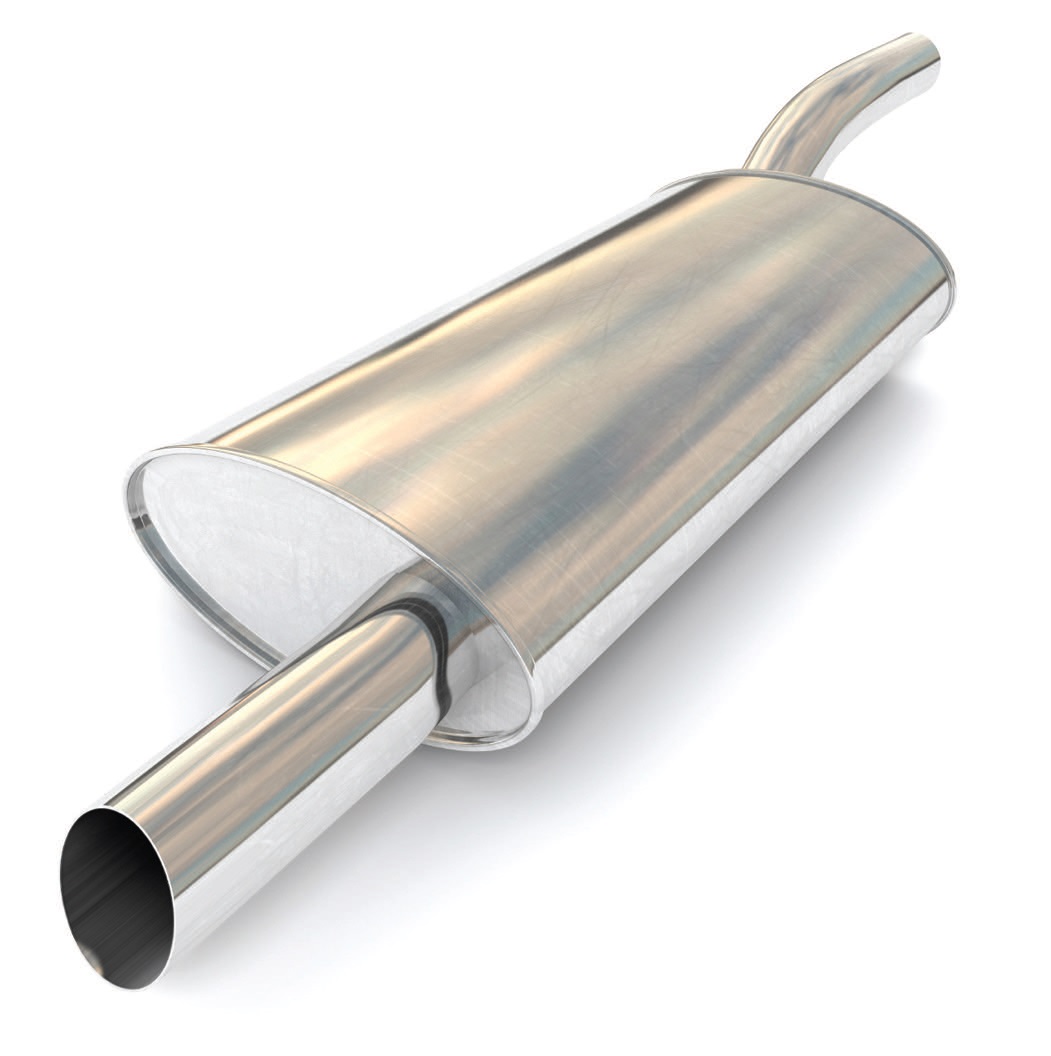20 Minutes With Derek Phillips
Thomas T. Astrene, Publisher | TLT 20 Minutes October 2011
Keep rust and corrosion from crippling your productivity by following the advice of this product-development specialist.
DEREK PHILLIPS - The Quick File:
Education
• Associate’s of science degree from Ferris State University, Big Rapids, Mich.
•
Bachelor’s of science and Master’s in business administration from University of Phoenix
Work experience
• The Lubrizol Corp., Wickliffe, Ohio, 1993-Present
Several roles supporting industrial additives development globally in project product, business development and commercial management.
•
Petro-Lube Inc., Whitmore Lake, Mich., 1989-1993
Development of industrial lubricants, specifically water-based metalworking fluids.
 Derek Phillips
Derek Phillips
TLT: Please describe the arc that led to your career in tribology and specialization in metal protection.
Phillips: Through most of my career I’ve focused on industrial and automotive lubricants. My job responsibilities have covered additive formulating, technical service, new technology development and sales support.
I had a great opportunity to work three years in China. I was able to use my collective experiences with industrial fluid technology to start an industrial technical support laboratory and to educate our sales force and customers.
Returning to the United States, my career took a logical direction (at least I think so!) toward managing the global commercial activities for Lubrizol’s metal-protection additives business. Today I focus on setting product-development strategies based on my knowledge of end-users’ needs and working with others on our industrial team to understand market dynamics. This allows us to assist our customers and to help them to be more successful. What could be more rewarding?
 TLT: Many people believe corrosion and rust are the same thing. Describe the difference.
TLT: Many people believe corrosion and rust are the same thing. Describe the difference.
Phillips: Rust is a term used to describe the corrosion of iron and iron alloys. Corrosion is a term that covers the destruction of any metal. In general, corrosion is the deterioration of a metal by oxidation or other chemical action.
Iron can take on many different oxide states, and the most commonly observed iron oxidized state is what we often describe as red rust. In some instances, oxide layers can be considered beneficial, forming protective films to some metal substrates like aluminum. Even passive iron oxide layers formed in the bluing or black oxide process, traditionally used to protect military equipment, will still require some rust preventive for protection from further corrosion.
Iron parts that have any stain are generally regarded as defective, and corrective action must be taken. When there is a change in color to an iron surface, you can assume there is some level of corrosion that leads to aesthetic issues and, in the worst possible case, catastrophic mechanical or structural failure.
 Corrosion inhibitors are needed throughout the lubricant industry for both automotive and industrial applications to protect ferrous and nonferrous moving or freshly machined parts.
TLT: What are the biggest dangers that rust and corrosion present to machinery?
Corrosion inhibitors are needed throughout the lubricant industry for both automotive and industrial applications to protect ferrous and nonferrous moving or freshly machined parts.
TLT: What are the biggest dangers that rust and corrosion present to machinery?
Phillips: We can safely say that hidden rust and corrosion on or in a machine will eventually have a negative impact on an operation’s economics. This negative cost impact can be as simple as replacing a part and resulting loss of productivity or, more seriously, to extensive downtime from a catastrophic failure if a corroded component goes undetected.
All machines are composed of different metal substrates that provide their individual wear, strength, ductility and corrosion characteristics. Having multiple metals in a piece of equipment can cause galvanic corrosion, which creates electrochemical attack. Some metals are more prone to chemical attack than others. These variables must be fully understood by equipment designers and machine operators, so the best metal substrates and appropriate protective chemistry is employed to minimize risk and meet the desired product lifecycle for each piece of equipment.
TLT: Why can’t a rust preventive prevent rust permanently?
Phillips: The ability of a rust preventive to protect the surface varies based on a number of aspects including substrate type, surface finish, surface preparation and environment. These factors are then applied in formulating the right adhesion and film characteristic.
Rust preventives are formulated for a specific end-use requirement and, therefore, vary in protection properties. A manufacturer may only need to protect a part between manufacturing processes or between shipping points. In some cases, the part may be protected from the elements found inside a warehouse, but in others it may be exposed to harsh outside conditions including saltwater or acid environment exposure. Again, depending on the performance requirements, the protectant formulation and the protectant’s film thickness will vary.
Applying the rust preventive is a critical part of the overall performance. Parts or equipment are commonly brushed, dipped or sprayed with the rust preventive. Dirty parts or equipment create poor contact for the rust preventive film, reducing effectiveness. A clean metal substrate provides better adhesion and consistency of the protective barrier. Likewise having a wet part from the MWF, cleaner or rinse water requires the rust preventive to displace and shed the contaminant from the surface. Additionally, once the water is displaced, the rust preventive should separate the water, minimizing re-contamination of the metal substrate and allowing the fluid to be continually used.
The final film may be oily, waxy or greasy depending on the protectant requirement and subsequent processing. Oil-based products generally wash off easier. This may be good if the part is to undergo further processing, but protection is usually reduced.
Waxy or greasy films are more tenacious, making them by and large harder to remove, but provide a more resilient protective barrier. Overall these protective films are not permanent and are removed if a further permanent finish is applied.
Solvent degreasing, once a common practice, has been replaced with alkaline wash solutions and minimal abrasive cleaning. This is where a full understanding of the customer’s performance needs must be understood to provide the best solution.
While in service, contaminants and abrasion can break through the barrier reaching the metal substrate and potentially starting the corrosion process. To prolong the longevity of service, formulators use a combination of film formers and chemical passivators. Film formers help resist physical breakdown, and chemical passivators protect from water and acidic environments that can make it through to the surface. One can see the challenge of formulating a rust preventive that provides the maximum protection for a given substrate and operational environment.
 ‘Rust preventives are commonly used to protect freshly prepared metal substrates.’
TLT: What is the difference between corrosion inhibitors and rust preventives? What are the appropriate applications for each?
‘Rust preventives are commonly used to protect freshly prepared metal substrates.’
TLT: What is the difference between corrosion inhibitors and rust preventives? What are the appropriate applications for each?
Phillips: The classification and use of these terms are often loosely interpreted. Generally speaking, corrosion inhibitors protect metal surfaces while the fluid is in contact with a surface or within a specific process. Rust preventives are used to protect freshly processed metal surfaces.
Corrosion inhibitors are needed throughout the lubricant industry for both automotive and industrial applications to protect ferrous and nonferrous moving or freshly machined parts. Corrosion inhibitors are formulated into lubricating oils to protect metal surfaces from common contaminants such as acidic oxidation byproducts and condensed water. Active chemical components necessary to provide the tribological properties for some metal surfaces can be corrosive to other substrates. Corrosion inhibitors are formulated to protect these parts.
Additionally, many chemistries used for other primary functions such as detergency, emulsification and antiwear properties can prevent corrosion or rust from forming. These multifunctional chemistries require careful formulation balance to provide the necessary performance properties.
Rust preventives, on the other hand, are commonly used to protect freshly prepared metal substrates. These products are formulated to provide blemish-free surfaces from a wide range of conditions that generally are removed later in a further process or finishing step.
Rust preventives are required in a number of end-user applications ranging from protecting freshly rolled metal in a steel mill to protecting finely ground ball bearings manufactured domestically or internationally to be shipped and stored around the globe. Developing a rust preventive for a specific application requires formulating techniques that take into account water displacement and water separation while building in the proper physical and chemical characteristics desired for the length of protection and the anticipated corrosive environment.
TLT: What are the respective pros and cons of solvent- and water-based rust preventives?
Phillips: Solvent-based rust preventives make up the greatest percentage of the rust preventive market as they have been in use the longest and because of certain performance attributes including fast drying times, film consistency, wetting properties, water displacing and separating capabilities.
But solvent-based protectants are facing environmental and regulatory challenges with new VOC (volatile organic compound) regulation requirements and safety issues surrounding shipment of materials with low flash points. Some suppliers have looked to solvents and oils with higher flash points, but there are tradeoffs as the film type can change and may not be compatible with end-user requirements.
Water-based rust preventives allow end-users to have a safer and often cleaner work environment while still providing as much protection as solvent-based rust preventives. Water-based rust preventives can be formulated so the resulting film is dry to touch or oily.
Highly specialized product formulation is required with careful adjustments to concentration levels. The resulting product may exhibit slower drying times depending on temperature and humidity of the environment. Both solvent- and water-based rust preventives can be formulated to meet the desired corrosion performance needed by end-users around the world.
TLT: What do end-users need to know before changing to water-based rust preventives? What about switching penalties?
Phillips: Water-based rust preventives may require more training and support for end-users whose operators are more familiar with solvent- or oil-based rust preventives. Getting the right amount of protective film for customers’ applications may require some dialing in of the rust preventive concentration and application.
For example, if the manufacturer is looking for a dry-to touch product in just a few minutes after processing, it’s possible that forced air drying may be required. Parts that are hot versus ambient after processing may require more or less attention to drying. Attention also must be given to concentration maintenance of the protectant due to different evaporation rates. Geographic location can present challenges with changing atmospheric conditions and seasonal changes, from rainy monsoon to dryer winter months.
If the end-user has had experience with monitoring and maintaining water-based products in an industrial setting, the switch will be less of a burden as he is familiar with the more challenging operating aspects and will plan accordingly. Managing hard water, evaporative losses and biological activity should be incorporated into operations and become a regular monitoring activity.
All in all, managing water-based rust preventives is more involved, and managing the changes can have a substantial impact on product performance. At the end of the day, manufacturers may spend more time managing water-based rust preventives, but the benefits of a safer work environment and potential final cost savings should be carefully considered.
TLT: If you could offer one piece of advice to a lubrication engineer assigned to solve a corrosion/rust problem, what would it be?
Phillips: Consider the conditions pre- and post-process before making a conclusion or recommendation. The type of contaminant found in the process or potentially impacting the process or the product need to be fully considered, as they will present specific challenges to the lubricant or rust preventive.
Taking sufficient time to ask and understand the entire requirement, problem or opportunity can provide longer product lifecycles and solve preventable corrosion problems through high-valued lubricants and rust preventives. Don’t forget to use the resources you may have from the chemical and engineering disciplines to understand root causes and industry best practices in determining your optimum solution.
Delivering the best possible solution requires a careful combination of process, operational practice, materials and carefully formulated rust preventives or lubricants.
You can reach Derek Phillips at derek.phillips@lubrizol.com.